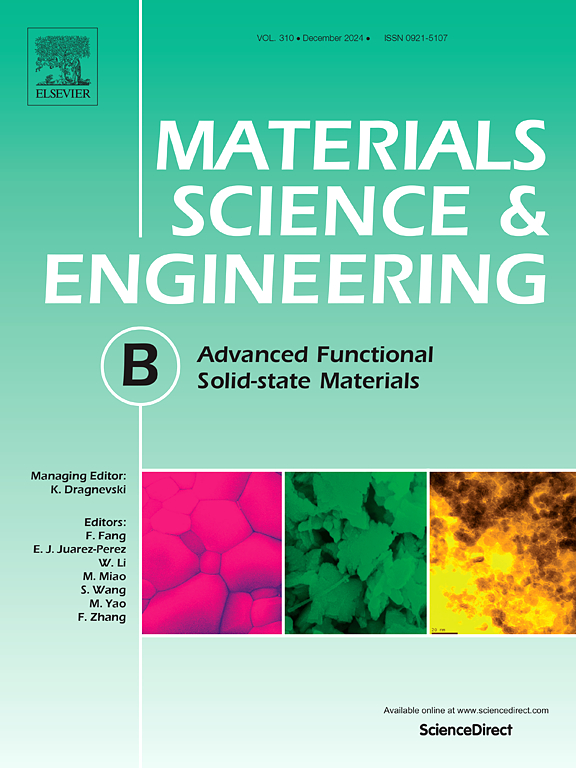Rapid photocatalytic degradation of Industrial dyes and investigation on toxicological effect of the treated water using copper incorporated tungsten oxide nanoparticles
IF 3.9
3区 材料科学
Q2 MATERIALS SCIENCE, MULTIDISCIPLINARY
引用次数: 0
Abstract
Environmental pollution has been perceived as one of the serious issues of the modern world. Textile effluents are especially of concern because they colour the drains and diminish the water quality. Herein, high crystalline Cu-doped WO3 nanoparticles were prepared using a facile chemical method. This study explores the impact of copper ions incorporated into WO3 to enhance the photocatalytic breakdown rate of textile effluent. Structural, morphology, and optical properties were studied using advanced instruments. The formation of a monoclinic WO3 phase in all synthesized samples was confirmed through X-ray diffraction (XRD) analysis. Optical studies revealed that Cu-doped WO3 nanoparticles exhibit a narrowed bandgap energy, facilitating the generation of free radicals capable of effectively degrading textile effluent dye molecules. Under natural sunlight, the Cu-doped WO3 demonstrated exceptional photocatalytic efficiency, achieving 96.1 % degradation of Rhodamine 6G (RG) and 91.7 % degradation of Methylene Blue (MB) within 2 h. The incorporation of Cu dopants provided an efficient pathway for electron excitation from the valence to the conduction band, resulting in enhanced photocatalytic performance compared to pristine WO3. Specifically, 5 % Cu-doped WO3 nanoparticles exhibited consistent photocatalytic activity, with rate constants of 0.0598 min–1 for RG and 0.0437 min–1 for MB degradation, underscoring their potential for efficient organic pollutant removal. The stability and reusability of the catalyst were validated through reusability and scavenger experiments, confirming the robustness of the photocatalytic process. Furthermore, the toxicological effects of the photocatalytically degraded byproducts, D-RG and D-MB, were evaluated using Caenorhabditis elegans as an in vivo model, providing insights into the environmental safety of the degradation process. These findings highlight the potential of Cu-doped WO3 nanoparticles as a sustainable and efficient photocatalyst for environmental remediation, particularly in the treatment of textile effluents.

求助全文
约1分钟内获得全文
求助全文
来源期刊

Materials Science and Engineering: B
工程技术-材料科学:综合
CiteScore
5.60
自引率
2.80%
发文量
481
审稿时长
3.5 months
期刊介绍:
The journal provides an international medium for the publication of theoretical and experimental studies and reviews related to the electronic, electrochemical, ionic, magnetic, optical, and biosensing properties of solid state materials in bulk, thin film and particulate forms. Papers dealing with synthesis, processing, characterization, structure, physical properties and computational aspects of nano-crystalline, crystalline, amorphous and glassy forms of ceramics, semiconductors, layered insertion compounds, low-dimensional compounds and systems, fast-ion conductors, polymers and dielectrics are viewed as suitable for publication. Articles focused on nano-structured aspects of these advanced solid-state materials will also be considered suitable.
 求助内容:
求助内容: 应助结果提醒方式:
应助结果提醒方式:


